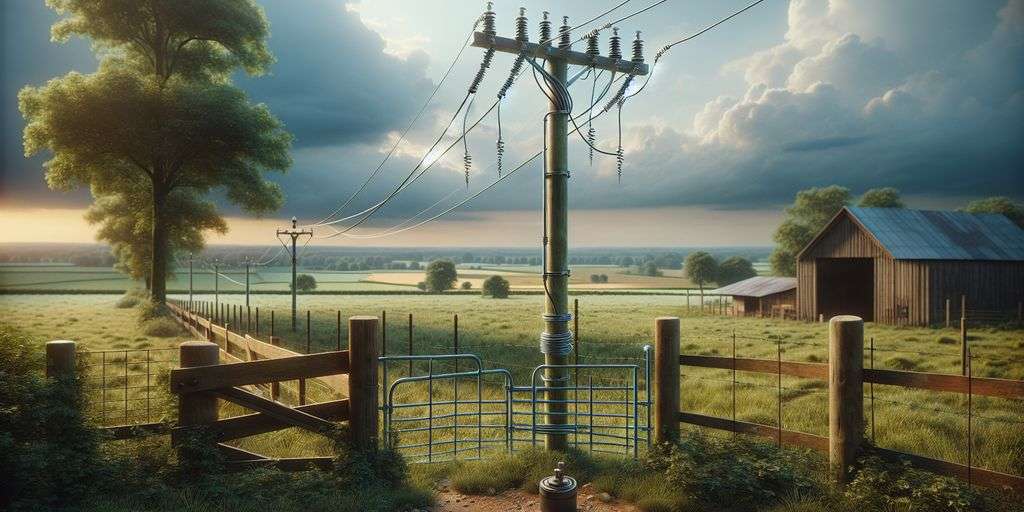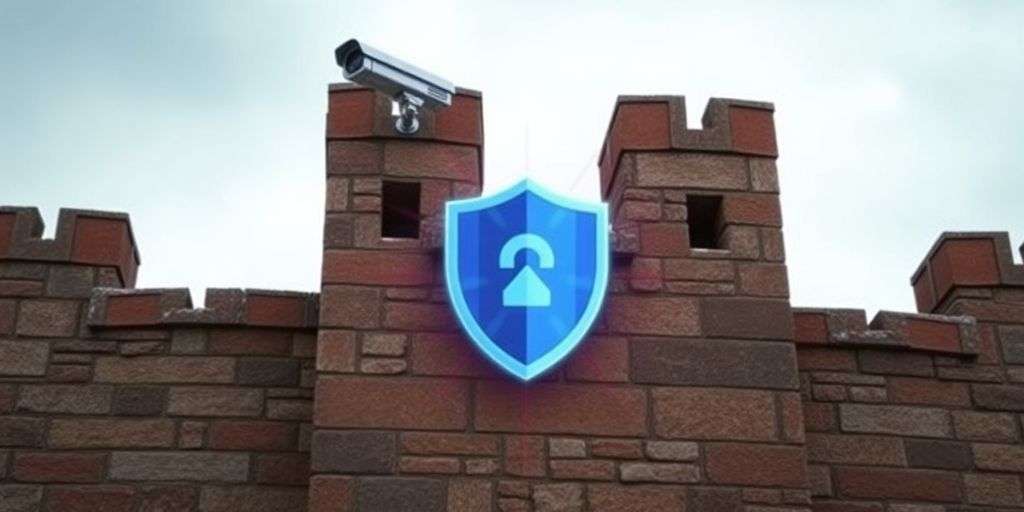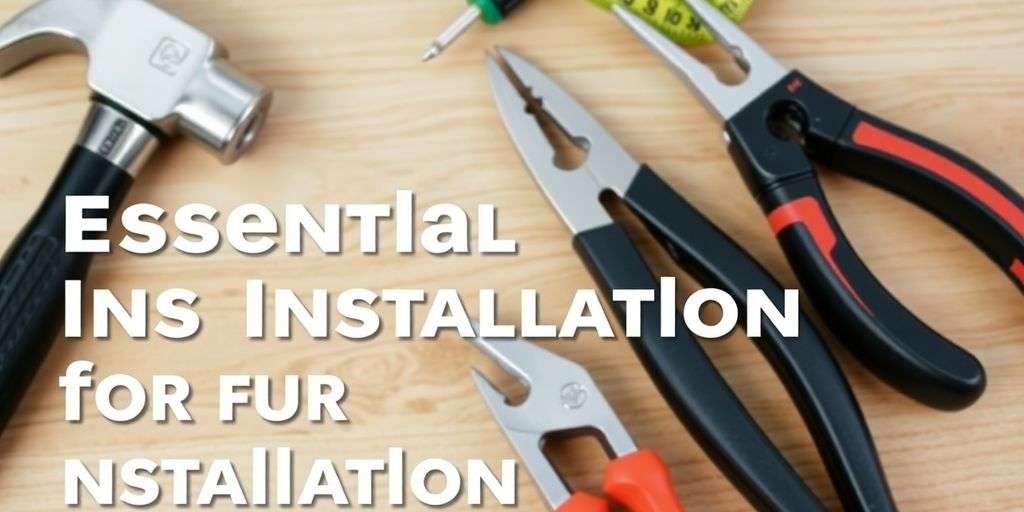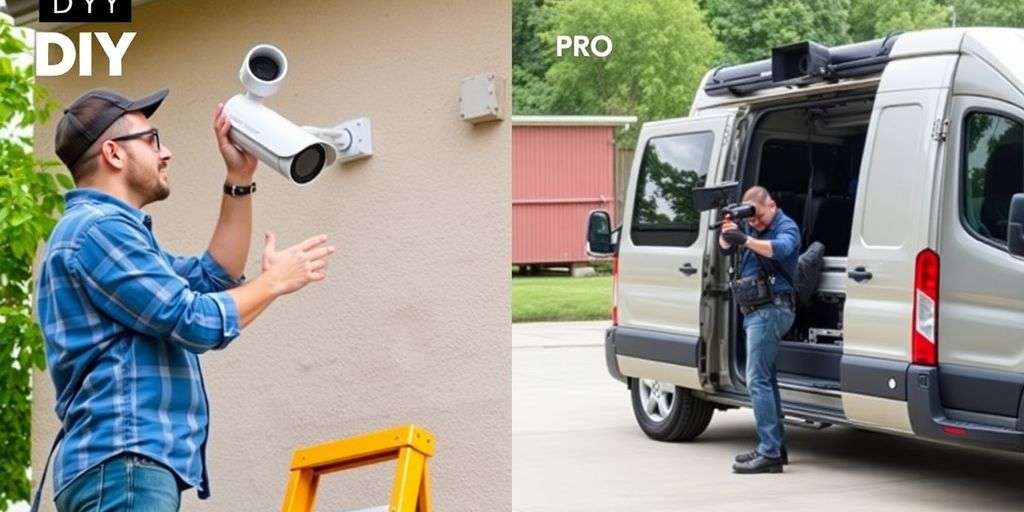In this article, we delve into the critical question: Does an electric fence need earthing? We explore the essentials of earthing, its importance in the effective operation of electric fences, and the potential risks associated with inadequate earthing. Understanding these elements is crucial for anyone looking to install or maintain an electric fence, ensuring both safety and functionality.
Key Takeaways
- Earthing is essential for the effective operation of electric fences, as it ensures proper shock delivery and safety.
- Inadequate earthing can lead to poor performance of the fence and poses safety risks, making it crucial to follow best practises.
- Regular maintenance and monitoring of earthing systems are necessary to maintain high performance and troubleshoot any issues.
Understanding the Importance of Earthing in Electric Fences
Role of Earthing in Shock Delivery
Earthing is crucial for the effective operation of electric fences. It ensures that when an animal touches the fence, the electrical circuit is completed, allowing the current to flow through the animal and back into the ground through the earthing system. This is what delivers the shock that deters the animal from crossing the boundary.
Risks of Inadequate Earthing
Inadequate earthing can lead to unreliable fence performance and may pose safety risks. Without proper earthing, the electric fence might not only fail to effectively deter animals but could also become a hazard. The shock delivered might be inconsistent, and in some cases, non-existent, compromising the fence’s primary function.
Best Practises for Effective Earthing
To ensure your electric fence operates at its best, follow these best practises:
- Use multiple earth rods spaced at least 3 metres apart to provide a better grounding system.
- Connect all earth rods using heavy-duty cable to ensure good conductivity.
- Regularly check the voltage and the condition of the earthing system to ensure it is functioning properly.
Note: Always disconnect your energizer during heavy storms to protect it from lightning damage.
Installation and Configuration of Earthing Systems
Types of Earthing Kits and Their Installation
When selecting an earthing kit, you’ll find various options including galvanised steel posts and earthing mats. Ensure that the kit you choose is suitable for the soil type and environmental conditions of your location. Installation typically involves driving posts at least 1.5 metres into the ground and spacing them at least 3 metres apart.
Positioning and Spacing of Earth Spikes
Proper positioning and spacing are crucial for the effectiveness of your earthing system. The general rule is to place earth spikes in a straight line and connect them using high-quality conductors like galvanised or brass nuts and bolts. This setup helps in maintaining a consistent and reliable grounding path.
Connecting Earth Spikes to the Energizer
To complete the installation, connect the earth spikes directly to the earth terminal of the energizer. This connection is vital as it provides a path for the electrical current to safely return to the ground, preventing any hazardous build-up. Use durable materials for connections to ensure long-term stability and safety of your electric fence system.
Maintenance and Troubleshooting of Electric Fence Earthing
Regular Checks and Voltage Monitoring
To ensure your electric fence operates at peak efficiency, regular monitoring of the voltage is crucial. Ideally, the voltage should be between 5 and 10 kV. Use a voltmeter or a fault finder to check the voltage at multiple points along the fence. This not only helps in maintaining optimal performance but also in early detection of any potential issues.
Identifying and Resolving Earthing Issues
Poor earthing is often the root cause of most electric fence problems. To identify and resolve earthing issues, start by inspecting the earth spikes and connections for corrosion or damage. Ensure that no earthing kits are installed near mains earthing to avoid interference. Regularly clear the fence line of vegetation and debris which can cause voltage drops and poor earthing.
Optimising Earthing for Different Environments
Different environments require tailored earthing solutions. For instance, dry, sandy soils might need deeper or multiple earth spikes to maintain effective earthing. During installation, consider environmental factors such as soil type and moisture levels. Adjustments might be necessary as seasons change to ensure consistent fence performance.
Impact of Environmental Factors on Electric Fence Earthing
Influence of Weather Conditions
Weather conditions significantly affect the performance of your electric fence’s earthing system. Heavy rainfall can saturate the soil, enhancing conductivity, but excessive water might also disrupt the connection between earth spikes and the energiser. During dry spells, the soil’s resistance increases, weakening the earthing effectiveness. It’s crucial to adjust your earthing strategy according to the prevailing weather conditions to maintain optimal performance.
Soil Type and Its Effect on Earthing
The type of soil in your area plays a pivotal role in the effectiveness of your electric fence’s earthing. Sandy soils, with their high resistance, might require additional earth spikes to achieve effective earthing. Conversely, clay-rich soils, which are more conductive, can provide better earthing with fewer spikes. Regularly assessing the soil conditions and adjusting the number of earth spikes accordingly ensures that your fence operates at its best.
Preventive Measures During Adverse Conditions
To safeguard your electric fence’s earthing system during adverse weather conditions, consider implementing the following steps:
- Disconnect the energiser from the fence during storms to prevent damage from lightning.
- Increase the number of earth spikes if heavy rainfall is anticipated, to enhance the system’s conductivity.
- Regularly check and clear vegetation around earth spikes to prevent interference with the earthing.
By proactively managing these factors, you can significantly reduce the risk of earthing failures and maintain the integrity and effectiveness of your electric fence.
Conclusion
In conclusion, earthing is an indispensable component of an electric fence system. The effectiveness and safety of the fence largely depend on a robust earthing system. It is crucial to ensure that the earth terminal is thoroughly earthed to facilitate the necessary current flow for the fence to function correctly. Regular checks and maintenance of the earthing system, along with the use of quality earthing kits, are essential to prevent potential risks and ensure optimal performance. Disconnecting the energizer during severe weather conditions can also protect the system from damage. Thus, proper earthing is not just recommended; it is essential for the efficient operation of an electric fence.
Frequently Asked Questions
Why is earthing necessary for an electric fence?
Earthing is crucial for an electric fence as it ensures proper current flow from the energiser to the animal and back to the earth terminal, which is essential for delivering an effective shock.
How often should I check the voltage on my electric fence?
It is recommended to check the voltage on your electric fence regularly at 2-3 points to ensure it is between 5 and 10 kV, which indicates proper functioning.
What precautions should I take during heavy storms for my electric fence?
During heavy storms and lightning, it is advisable to disconnect the energiser from the fence to protect it from serious damage.





